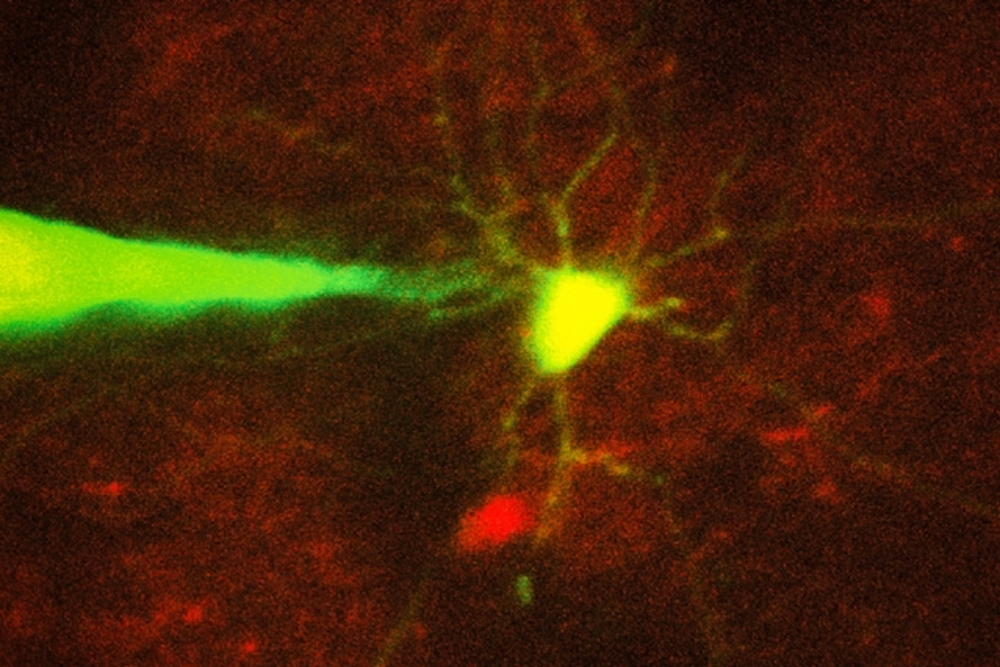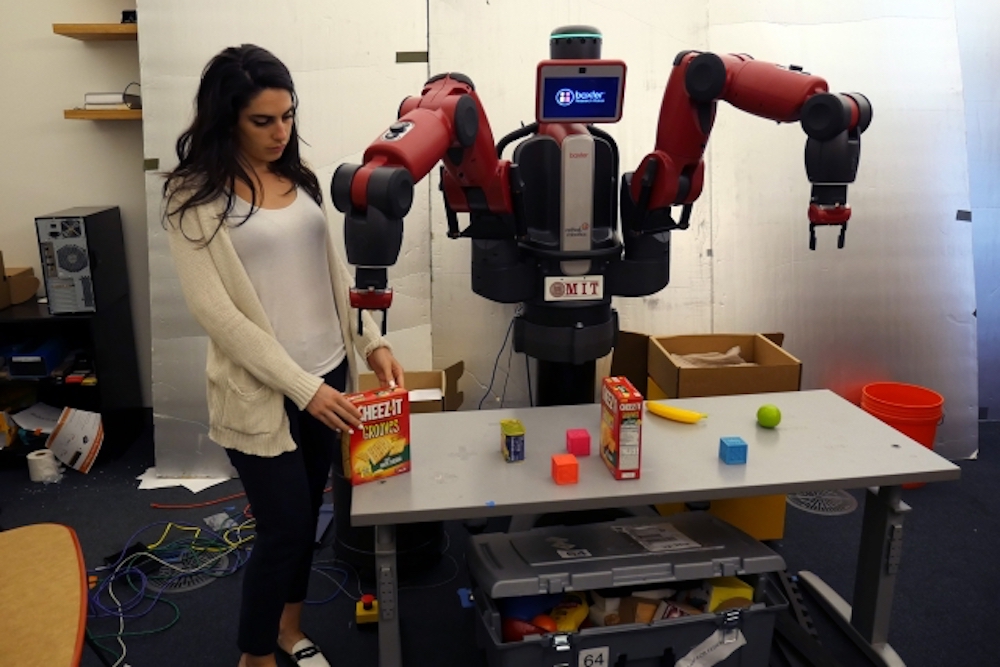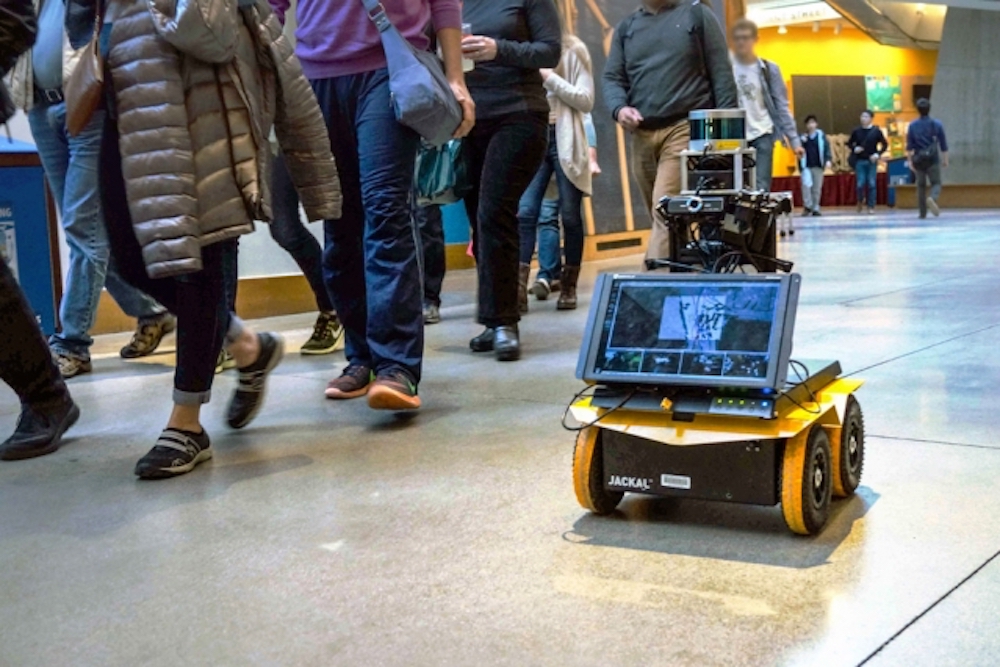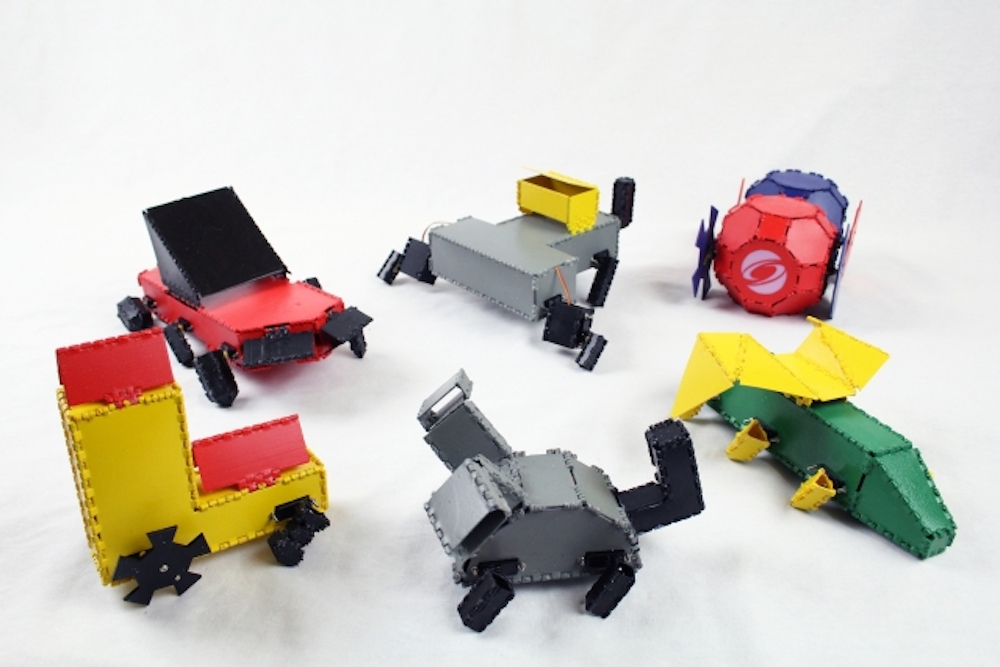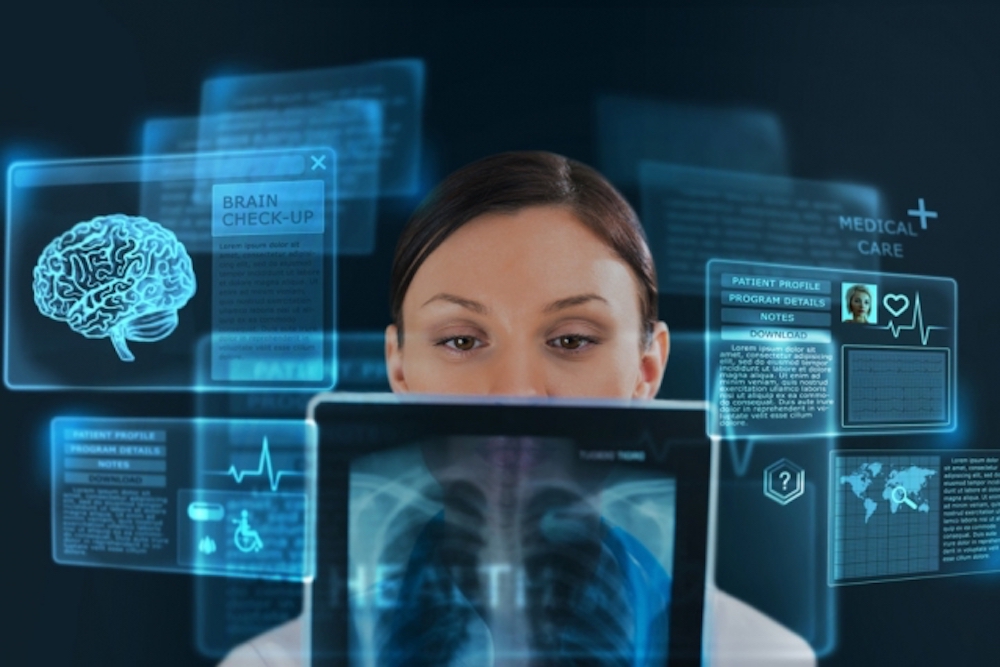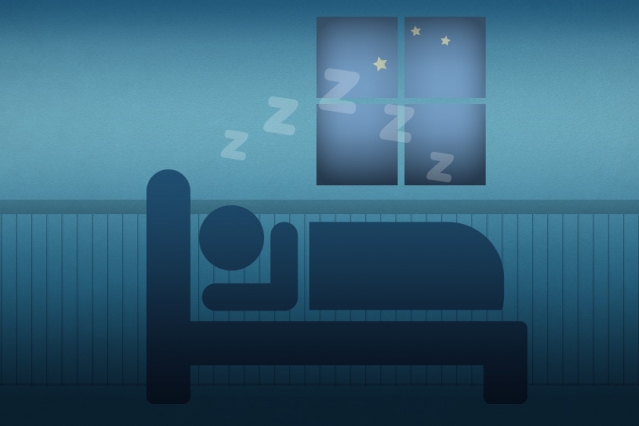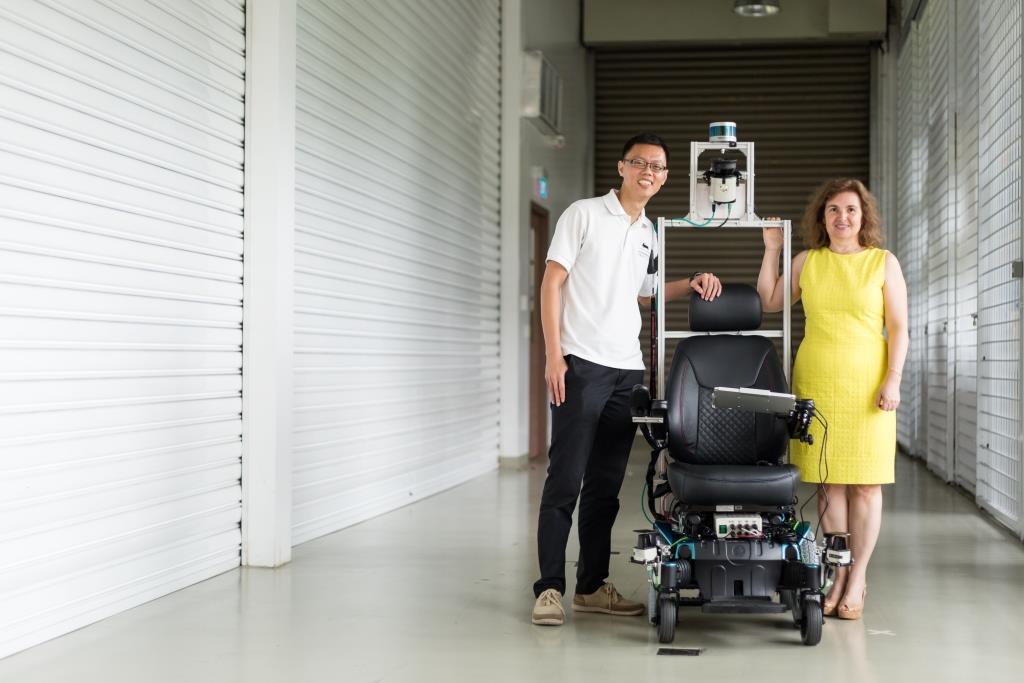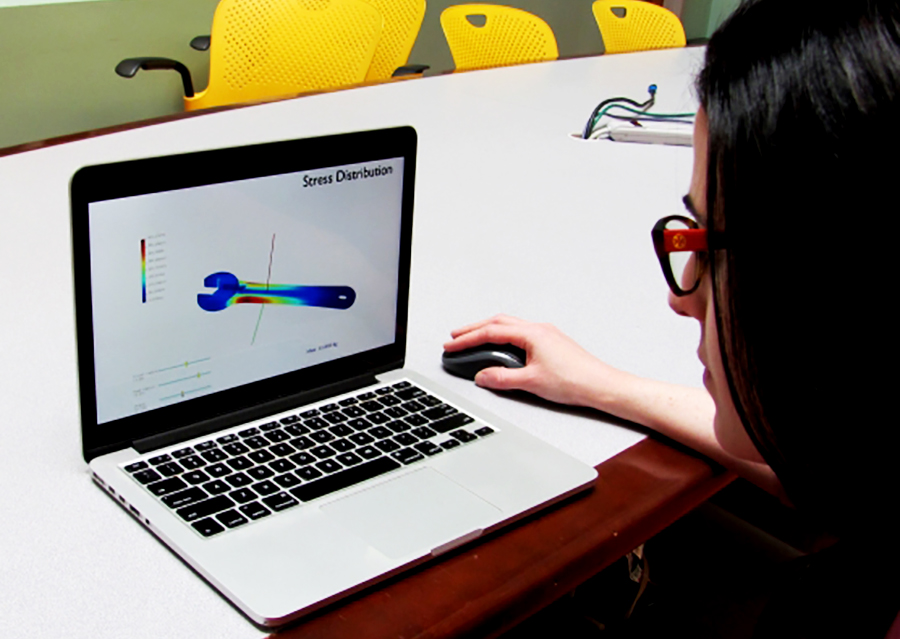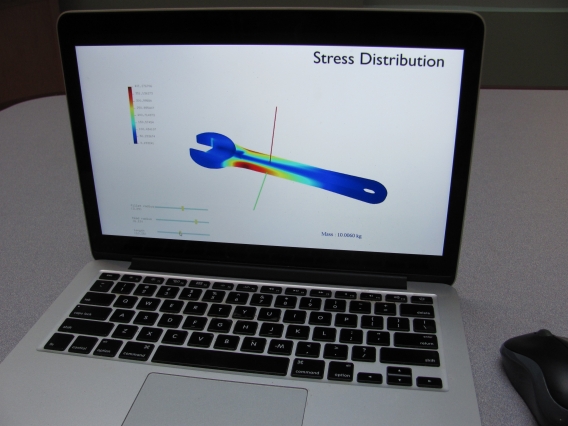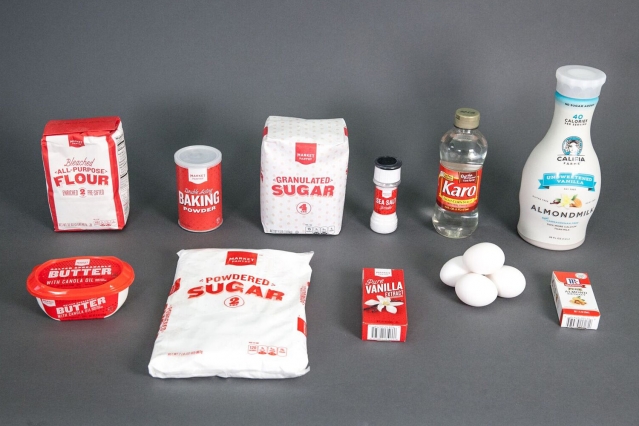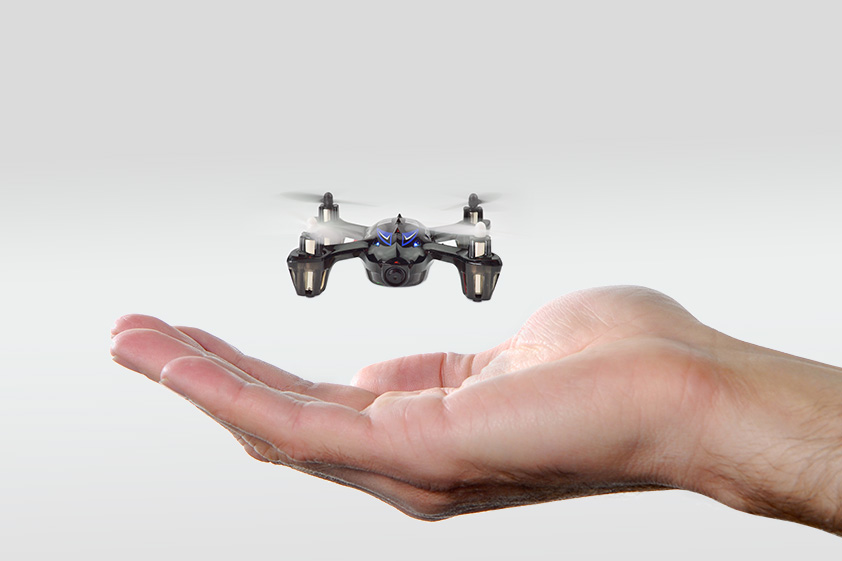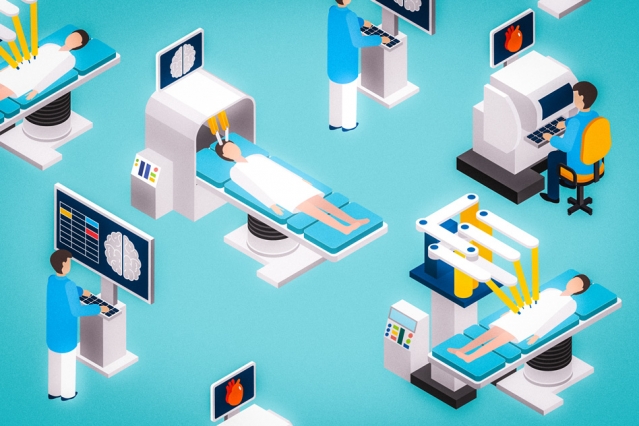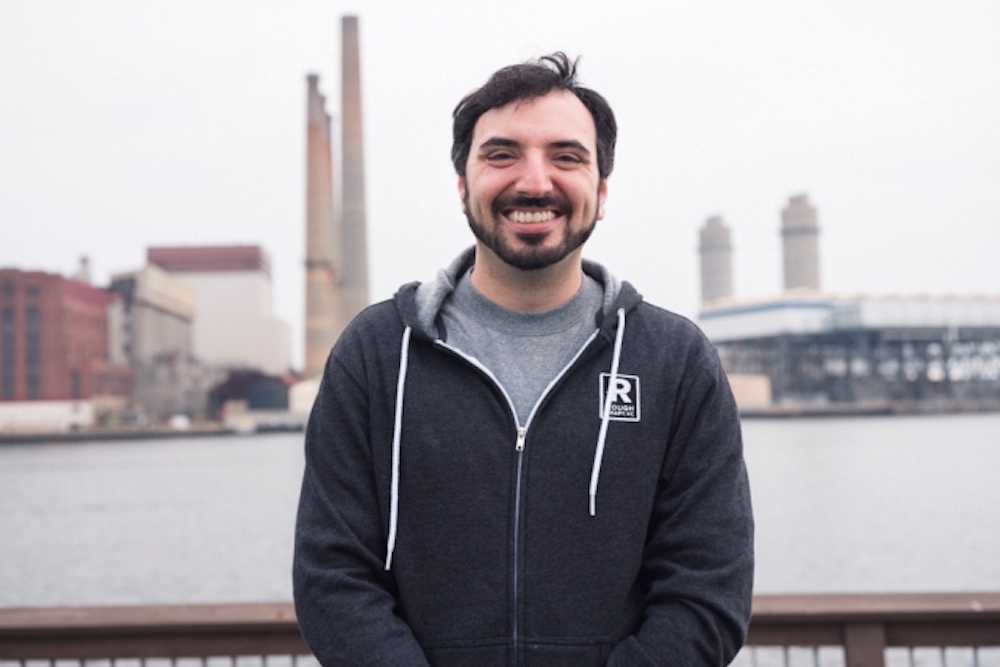
Photo: Ian MacLellan
by Dara Farhadi
While working for the global management consulting company Accenture, Gregory Falco discovered just how vulnerable the technologies underlying smart cities and the “internet of things” — everyday devices that are connected to the internet or a network — are to cyberterrorism attacks.
“What happened was, I was telling sheiks and government officials all around the world about how amazing the internet of things is and how it’s going to solve all their problems and solve sustainability issues and social problems,” Falco says. “And then they asked me, ‘Is it secure?’ I looked at the security guys and they said, ‘There’s no problem.’ And then I looked under the hood myself, and there was nothing going on there.”
Falco is currently transitioning into the third and final year of his PhD within the Department of Urban Studies and Planning (DUSP). Currently, his is carrying out his research at the Computer Science and Artificial Intelligence Laboratory (CSAIL). His focus is on cybersecurity for urban critical infrastructure, and the internet of things, or IoT, is at the center of his work. A washing machine, for example, that is connected to an app on its owner’s smartphone is considered part of the IoT. There are billions of IoT devices that don’t have traditional security software because they’re built with small amounts of memory and low-power processors. This makes these devices susceptible to cyberattacks and may provide a gate for hackers to breach other devices on the same network.
Falco’s concentration is on industrial controls and embedded systems such as automatic switches found in subway systems.
“If someone decides to figure out how to access a switch by hacking another access point that is communicating with that switch, then that subway is not going to stop, and people are going to die,” Falco says. “We rely on these systems for our life functions — critical infrastructure like electric grids, water grids, or transportation systems, but also our health care systems. Insulin pumps, for example, are now connected to your smartphone.”
Citing real-world examples, Falco notes that Russian hackers were able to take down the Ukrainian capital city’s electric grid, and that Iranian hackers interfered with the computer-guided controls of a small dam in Rye Brook, New York.
Falco aims to help combat potential cyberattacks through his research. One arm of his dissertation, which he is working on with renown negotiation Professor Lawrence Susskind, is aimed at conflict negotiation, and looks at how best to negotiate with cyberterrorists. Also, with CSAIL Principal Research Scientist Howard Shrobe, Falco seeks to determine the possibility of predicting which control-systems vulnerabilities could be exploited in critical urban infrastructure. The final branch of Falco’s dissertation is in collaboration with NASA’s Jet Propulsion Laboratory. He has secured a contract to develop an artificial intelligence-powered automated attack generator that can identify all the possible ways someone could hack and destroy NASA’s systems.
“What I really intend to do for my PhD is something that is actionable to the communities I’m working with,” Falco says. “I don’t want to publish something in a book that will sit on a shelf where nobody would read it.”
“Not science fiction anymore”
Falco’s battle against cyberterrorism has also lead him to co-found NeuroMesh, a startup dedicated to protecting IoT devices by using the same techniques hackers use.
“The concept of my startup is, ‘Let’s use hacker tools to defeat hackers,’” Falco says. “If you don’t know how to break it, you don’t know how to fix it.”
One tool hackers use is called a botnet. Once botnets get on a device, they often kill off other malware on the device so that they use all the processing power on the device for themselves. Botnets also play “king of the hill” on the device, and don’t let other botnets latch on.
NeuroMesh uses a botnet’s features against itself to create a good botnet. By re-engineering the botnet, programmers can use them to defeat any kind of malware that comes onto a device.
“The benefit is also that when you look at securing IoT devices with low memory and low processing power, it’s impossible to put any security on them, but these botnets have no problem getting on there because they are so small,” Falco says.
Much like a vaccine protects against diseases, NeuroMesh applies a cyber vaccine to protect industrial devices from cyberattacks. And, by leveraging the bitcoin blockchain to update devices, NeuroMesh further fortifies the security system to block other malware from attacking vital IoT devices.
Recently, Falco and his team pitched their botnet vaccine at MIT’s $100K Accelerate competition and placed second. Falco’s infant son was in the audience while Falco was presenting how NeuroMesh’s technology could secure a baby monitor, as an example, from being hacked. The startup advanced to MIT’s prestigious 100K Launch startup competition, where they finished among the top eight competitors. NeuroMesh is now further developing its technology with the help of a grant from the Department of Energy, working with Stuart Madnick, who is the John Norris Maguire Professor at MIT, and Michael Siegel, a principal research scientist at MIT’s Sloan School of Management.
“Enemies are here. They are on our turf and in our wires. It’s not science fiction anymore,” Falco says. “We’re protecting against this. That’s what NeuroMesh is meant to do.”
The human tornado
Falco’s abundant energy has led his family to call him “the tornado.”
“One-fourth of my mind is on my startup, one-fourth on finishing my dissertation, and other half is on my 11-month-old because he comes with me when my wife works,” Falco says. “He comes to all our venture capital meetings and my presentations. He’s always around and he’s generally very good.”
As a high school student, Falco’s energy and excitement for engineering drove him to discover a new physics wave theory. Applying this to the tennis racket, he invented a new, control-enhanced method of stringing, with which he won various science competitions (and tennis matches). He used this knowledge to start a small business for stringing rackets. The thrill of business took him on a path to Cornell University’s School of Hotel Administration. After graduating early, Falco transitioned into the field of sustainability technology and energy systems, and returned to his engineering roots by earning his LEED AP (Leadership in Energy and Environmental Design) accreditation and a master’s degree in sustainability management from Columbia University.
His excitement followed him to Accenture, where he founded the smart cities division and eventually learned about the vulnerability of IoT devices. For the past three years, Falco has also been sharing his newfound knowledge about sustainability and computer science as an adjunct professor at Columbia University.
“My challenge is always to find these interdisciplinary holes because my background is so messed up. You can’t say, this guy is a computer scientist or he’s a business person or an environmental scientist because I’m all over the place,” he says.
That’s part of the reason why Falco enjoys taking care of his son, Milo, so much.
“He’s the most awesome thing ever. I see him learning and it’s really amazing,” Falco says. “Spending so much time with him is very fun. He does things that my wife gets frustrated at because he’s a ball of energy and all over the place — just like me.”
